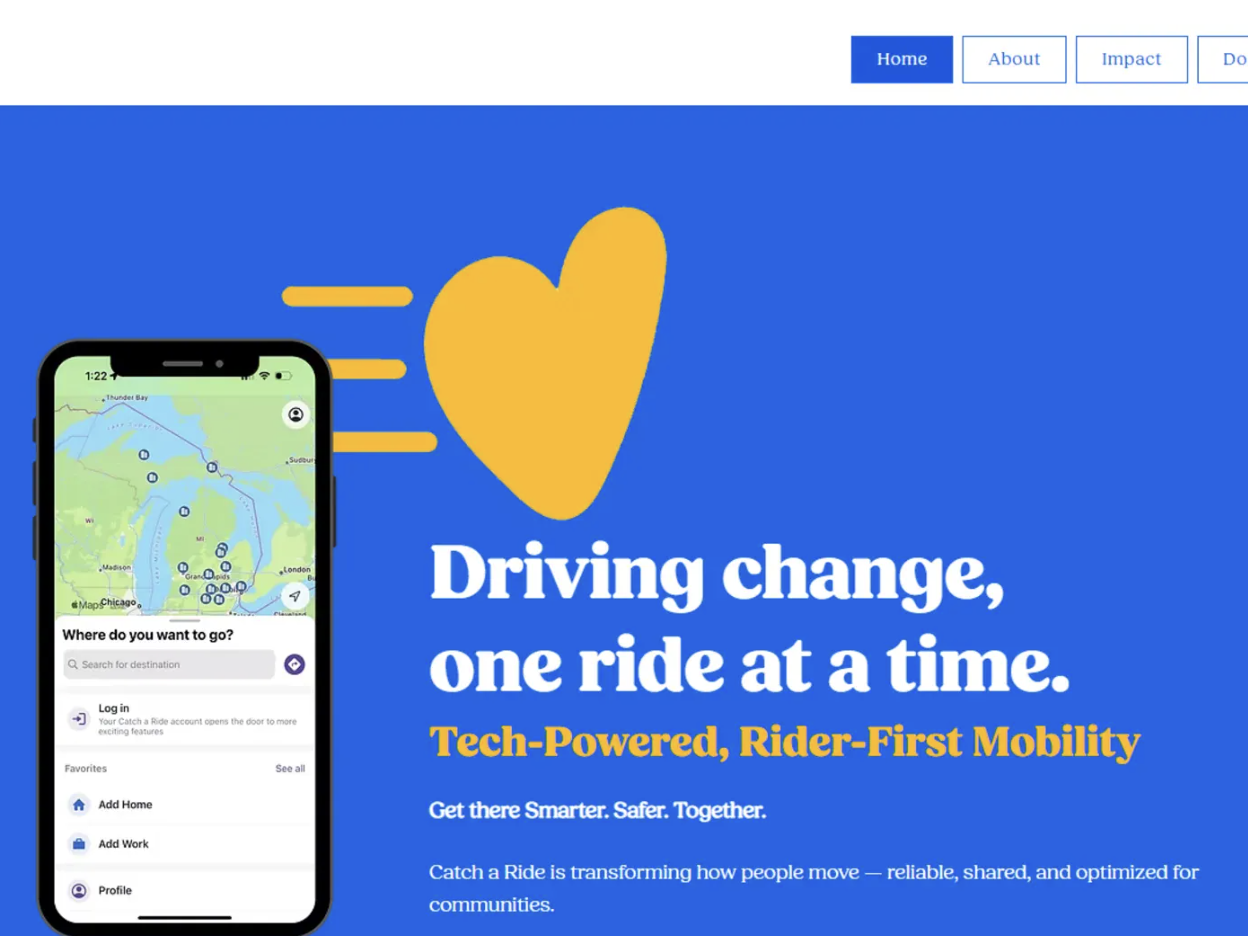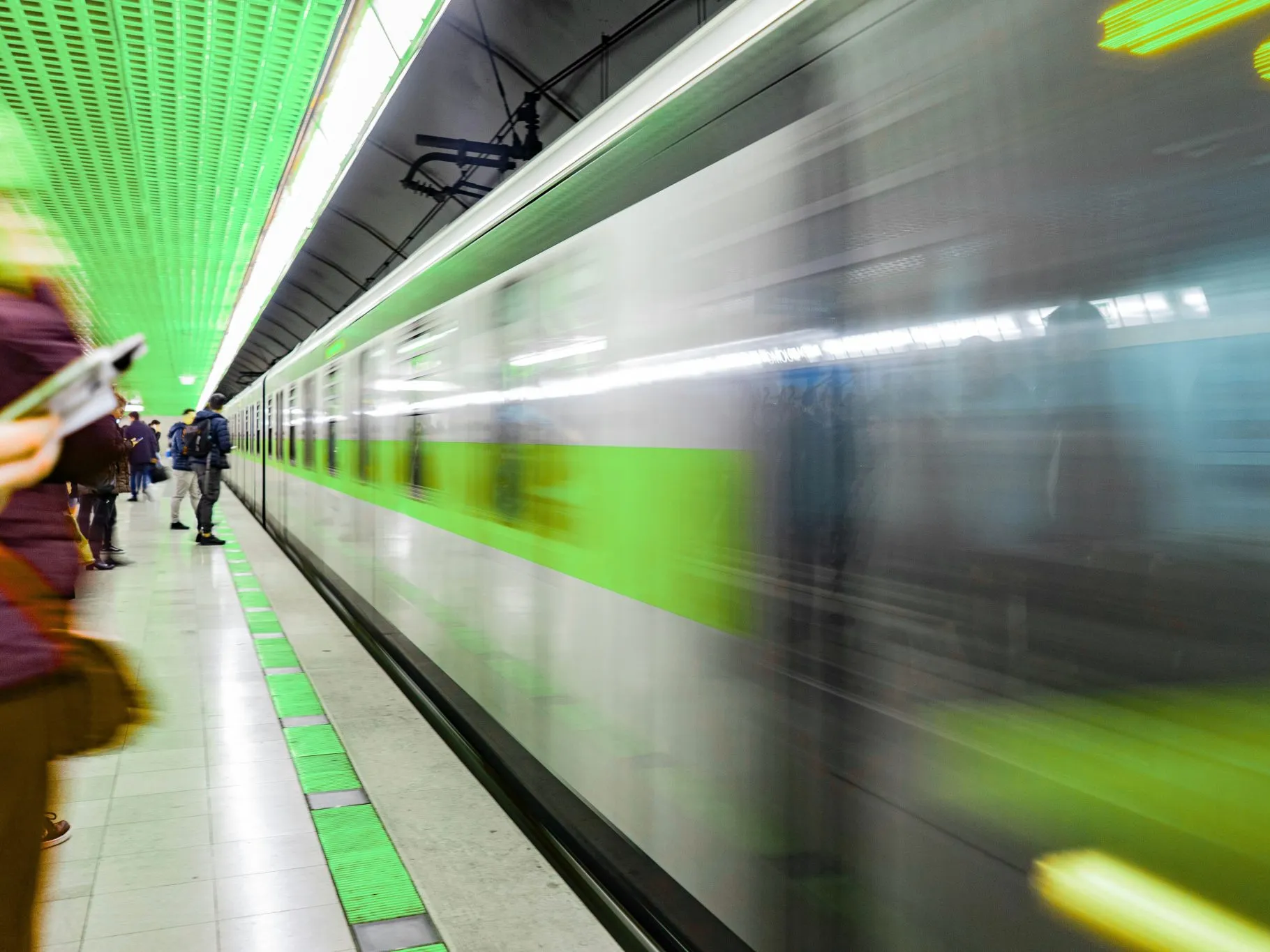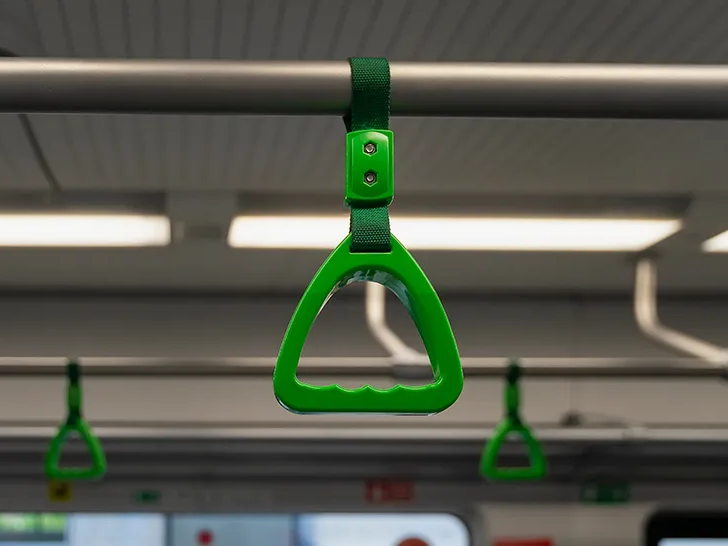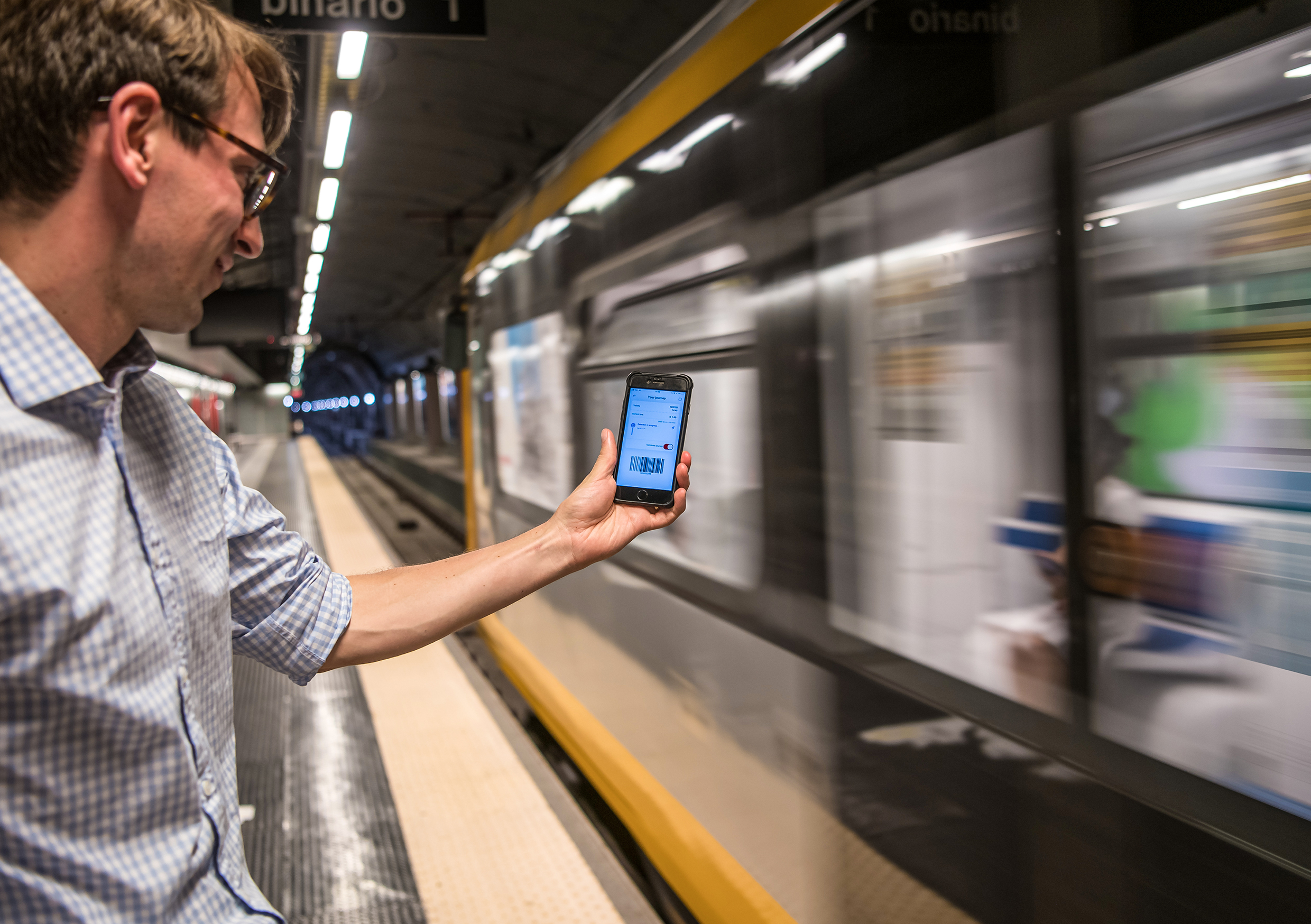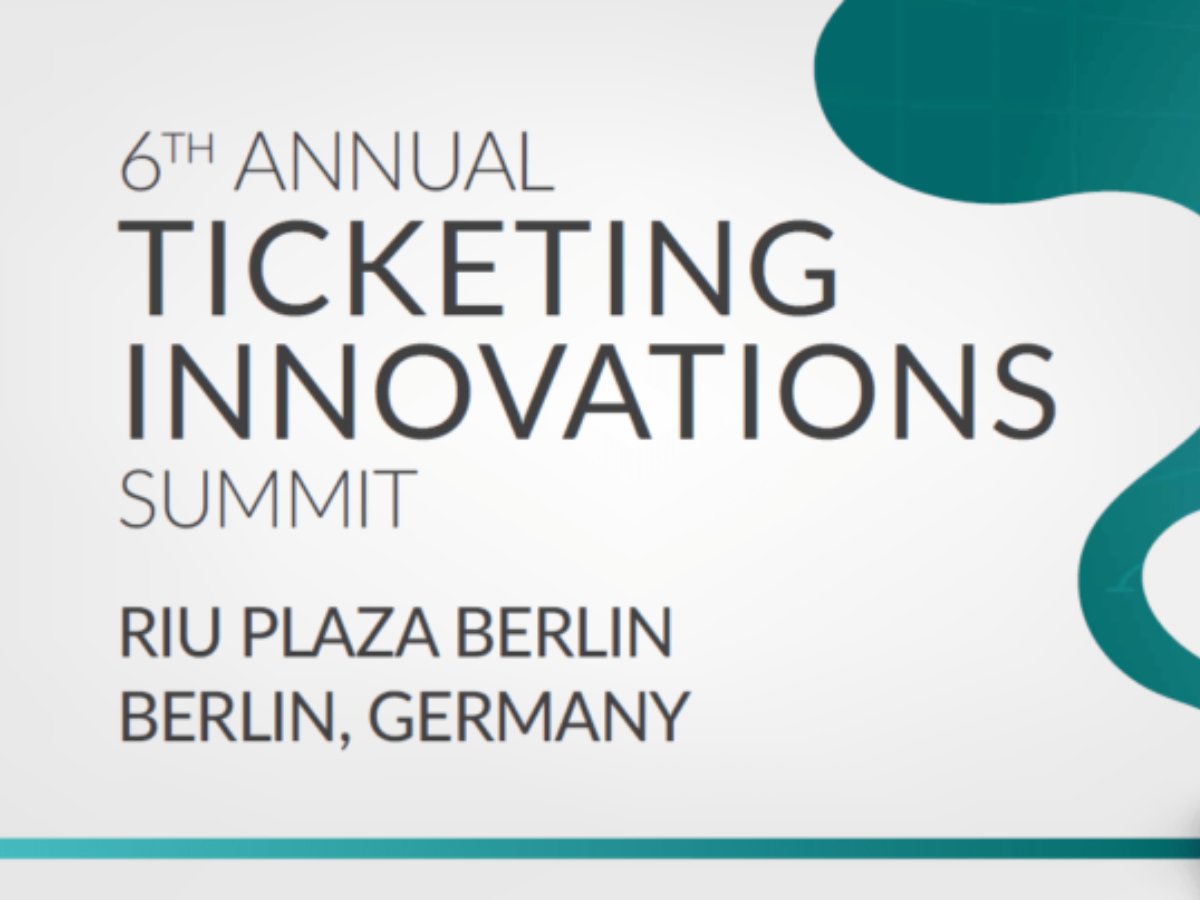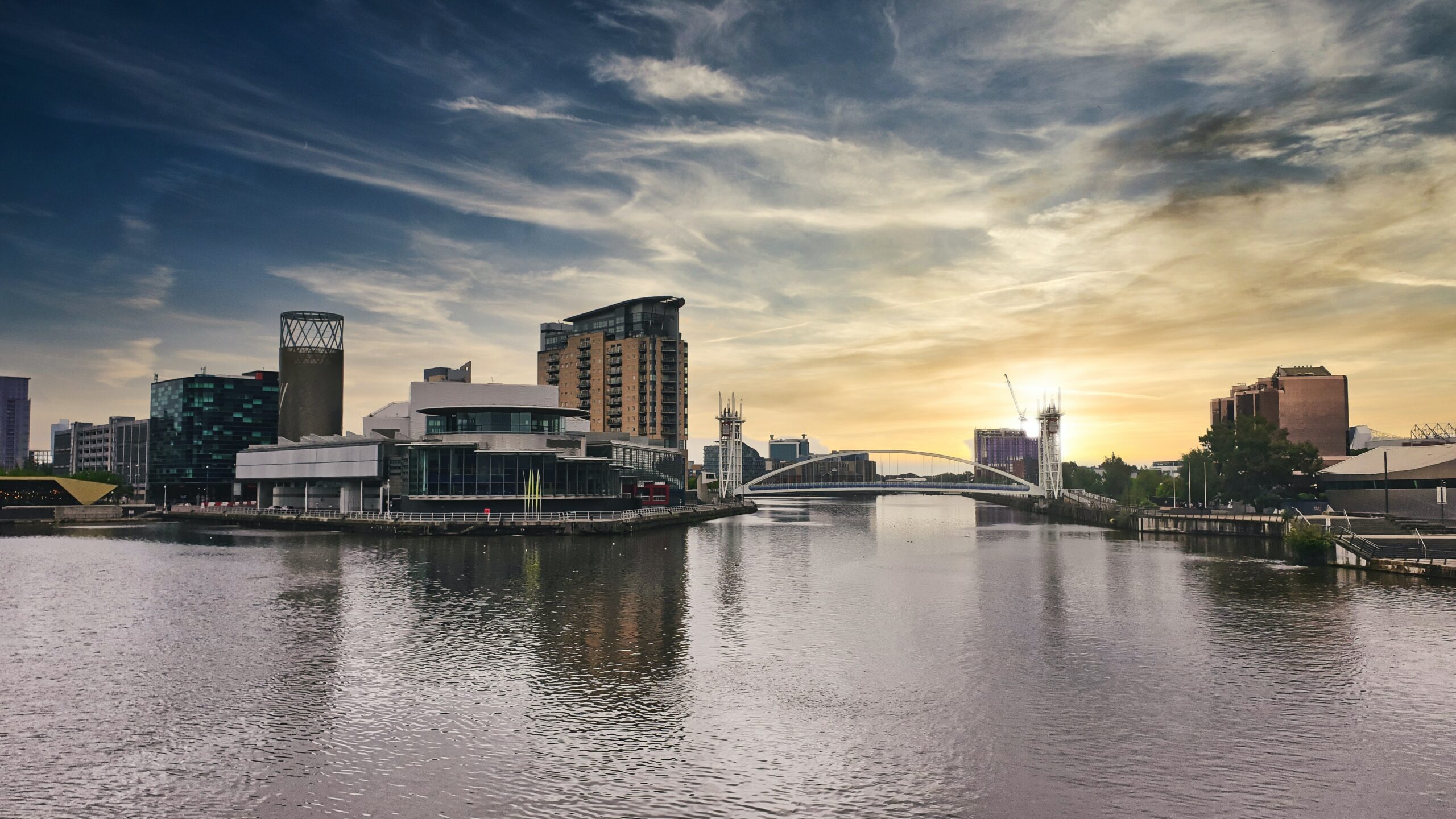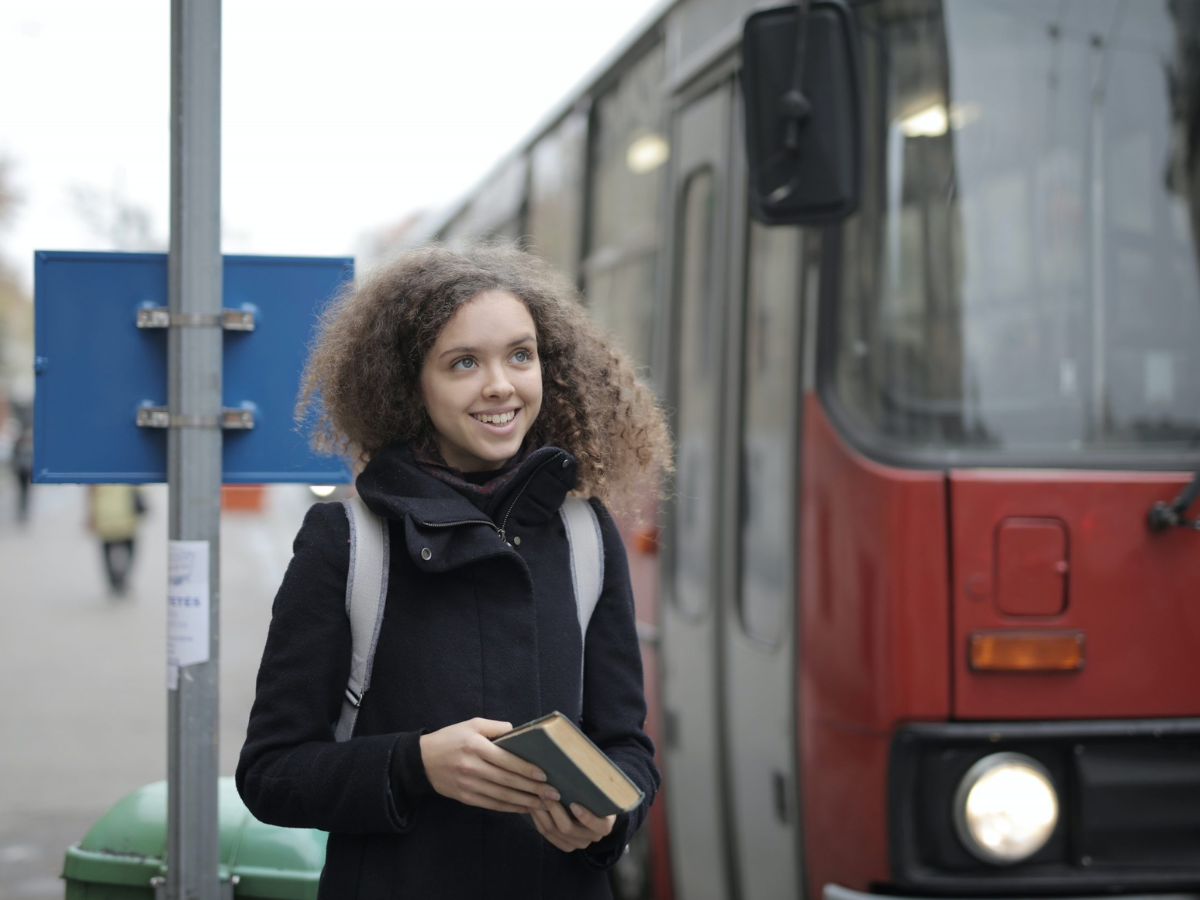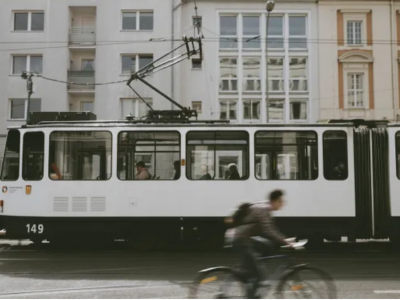SkedGo: The New Urban Agenda: Can MaaS Help?
The United Nations (UN) 2030 Agenda for Sustainable Development represents the most significant global plan ever to respond to pressing sustainability challenges. It aims to unite countries worldwide to bring an end to poverty, protect the planet and ensure prosperity. This is clearly no easy task given our cities are home to half the world’s population – a figure which is expected to rise to two-thirds by 2050. That’s 6.5 billion people.
Realising the challenges ahead, the UN adopted the New Urban Agenda (NUA) in 2016, to drive action at the local level towards meeting its Sustainable Development Goals (SDGs) – including SDG 11, which focuses on sustainable cities and communities. Transport forms one of the many issues being addressed and it’s here that Mobility as a Service (MaaS) has a definitive role to play.
The NUA, Transport and MaaS
Transport is woven into the fabric of daily life. We rely on it to maintain employment, attend appointments, receive an education, socialise and explore the world around us. Yet, it often has a devastating effect on our environment and biodiversity, with the latter cited as the ‘next climate change’. The NUA proposes a framework for sustainable urban development to provide people with better living conditions. It recognises that urbanisation must support economic growth, social progress and environmental factors.
Central to this is transport. The NUA calls for the integration of transport, mobility and city planning, along with the availability of a broader range of transport options. Digitisation, smart mobility and multi-modal public transit are just some of the examples it cites to help cities run smoother. More environmentally friendly ways to travel coupled with better access to parks and open spaces also support public health.
According to the NAU, private car use is one of the most unsafe and costly forms of transport, and figures from the World Health Organisation show that around 1.3m people die annually in road accidents. A common aim of MaaS is to encourage people away from single-occupancy vehicles and towards shared transport which serves to support cities in addressing SDGs.
Some of the most pressing issues that MaaS can help support include:
- Making cities more accessible
The ability to access a given service or place can be difficult for some people. They may use a wheelchair, have limited hearing or eyesight, have a temporary injury or are parents with young children. Vehicles are often not designed with everyone in mind and buses and train stations may not have ramps and lifts available. The resulting difficulty or even inability to access transportation can make people feel isolated from the wider community. Accessible fleets adapted for people with limited mobility, stations that support wider needs and better footpaths are important considerations within the MaaS framework.
- Helping to reduce transport poverty
Providing inclusive mobility services such as e-scooters or e-bikes that are available regardless of a person’s or household financial situation can help people get to and from work or education and build a better life for themselves and their families. The UN’s 17 SDG goals aim to ensure that no one is left behind – and this includes making transport accessible and inclusive. MaaS can also play a part as a connector between suburbs and rural areas too, helping to support underserved communities.
- Encouraging sustainable mobility
Many forms of transport contribute to poor air quality and pollution which has a knock-on effect on the liveability of city environments. Moving to electric vehicles is only part of the solution. The key is fewer vehicles on roads. MaaS supports public transit, shared vehicle use and active travel to encourage walking and cycling. The idea of 15-minute cities offers a concept to help reduce unnecessary travel in the first place.
- Creating a resilient transport system
Mobility data can encourage better urban planning and management in alignment with SDGs. This could result in transport hubs and apps to better utilise shared transport and help citizens manage their journeys more easily. Technology plays an important role in MaaS and, used wisely, it could help to reduce congestion, support efficient use of resources and help make our transport ecosystems more resilient and flexible.
What Are the Challenges?
While there are many ways in which MaaS can support the achievement of SDGs, we can’t ignore the challenges faced. First, we must create value not just for consumers but also for the other parties involved, such as public authorities and private companies. Creating a win-win situation where everyone benefits is vital. However, moving forward on SDG goals may require regulation to ensure transport providers open up their data and make the necessary business shifts, while maintaining economic viability.
Second, although some cities have already started to roll out MaaS, many others are still reluctant or even hesitant about adopting this new business model. This may be because of concerns about losing control over traffic management and transport planning decisions if they allow private companies to be involved. It requires a commitment from all parties to focus on the big picture to ensure a city’s long-term sustainability.
Third, there’s a lack of consistency between different cities when it comes to defining what MaaS means for them and their citizens’ needs. Cities must define their goals clearly before taking action and shape their decisions within the SDG framework. This will help to ensure that their plans don’t lead to more traffic on roads and increase the negative impact on society and the environment.
The Road to Sustainable Mobility?
Despite these difficulties, MaaS offers a multifaceted approach to mobility, supporting a broad spectrum of needs. It can also play its part in addressing some of the bigger societal issues set out by the SDGs. Indeed, the UN has said that new technologies are immensely important in addressing global sustainability challenges.
MaaS provides a substantial opportunity to positively impact how we shape mobility, with the SDGs acting as a beacon to guide cities towards greater sustainability. However, it calls for open-mindedness, collaboration and a commitment to do things differently – and better. This will ultimately result in a more affordable, accessible and resilient mobility ecosystem for everyone.
This article was originally published by SkedGo Pty Ltd.





